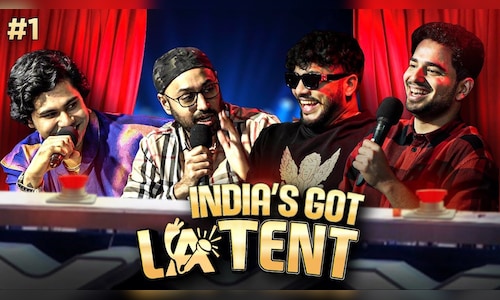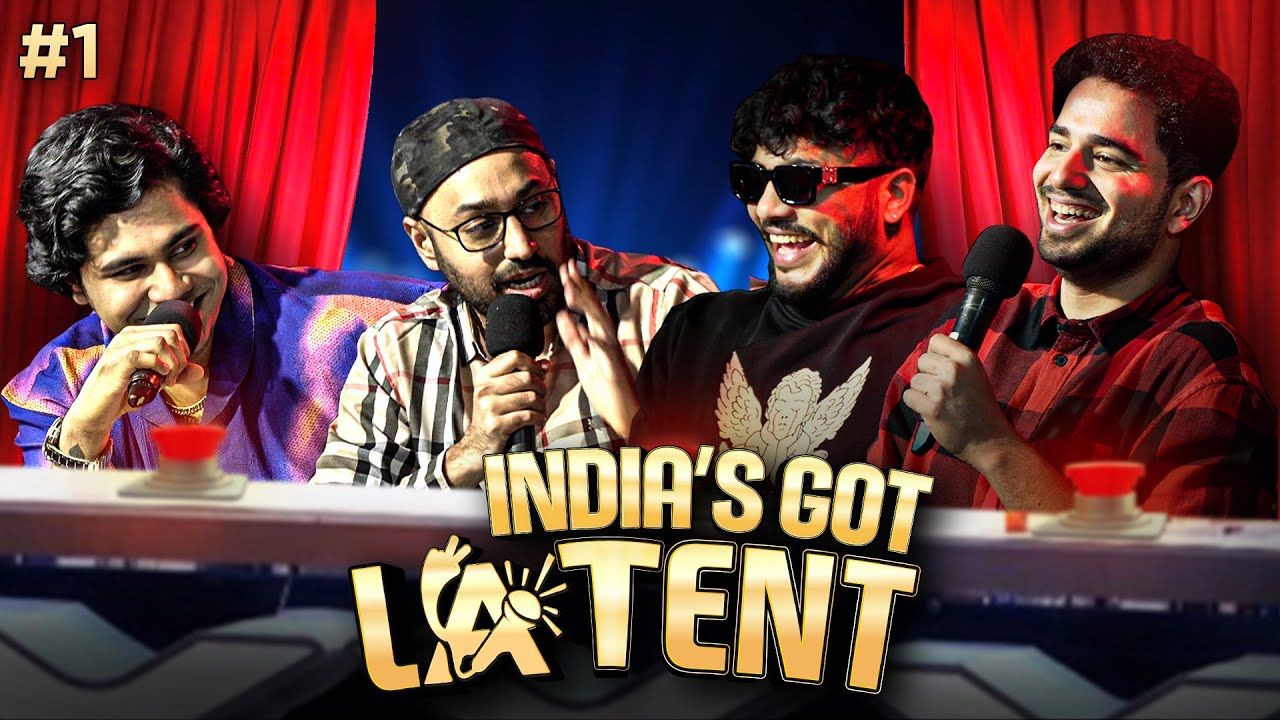

A MediaBrief report said that the app has climbed to the Top 50 of Google Play Store apps in just a day and is No.1 on Apple’s App Store.
The app features all the episodes from India’s Got Latent and lets users apply to participate in the show, become a member or connect their YouTube membership to Samay’s account, which starts at ₹59 per month. Additionally, fans also discover “Stars of Latent”.
Raina had previously hesitated about moving his show to an OTT platform, saying no one else gives him the kind of freedom YouTube does. He’s also a big fan of YouTube memberships, highlighting how they’ve opened up a new way for creators to earn.
The app also features original shows in genres such as poetry and rap, including Kavya Samrat, India’s poetry show created in collaboration with Tape A Tale. The app will also feature a unique rap show starring Delhi-based hip-hop duo Seedhe Maut and YouTuber Rohan Cariappa, known for his in-depth critiques of the Indian hip-hop scene.
Raina has made it clear that the content on the app will not be restricted by brand guidelines, offering creators more freedom and ensuring a lack of censorship.
Since its launch, India’s Got Latent has released 12 episodes featuring high-profile guests like Siddhant Chaturvedi, Badshah, Rakhi Sawant, and Vipul Goyal. The show has seen immense success with an average of 25 million views per episode, driven by Raina’s 6.7 million YouTube subscribers. It has attracted sponsorships from brands such as fintech startup POP UPI, used-car platform Spinny and clothing brand Vastrado for select episodes.
It is a parody of the popular reality TV show India’s Got Talent, drawing inspiration from the American comedy show Kill Tony, hosted by Tony Hinchcliffe. Its unique scoring format sets it apart: contestants perform their talents before a panel of judges and rate their own performance out of 10. If their self-rating matches the judges’ average score, they win the full ticket revenue from that episode.
Raina’s decision to keep the app free from brand-imposed guidelines may limit some advertising opportunities, but fans and social media commentators have lauded the move. Many view it as a bold challenge to YouTube’s revenue-sharing model and a step towards greater creator independence.



